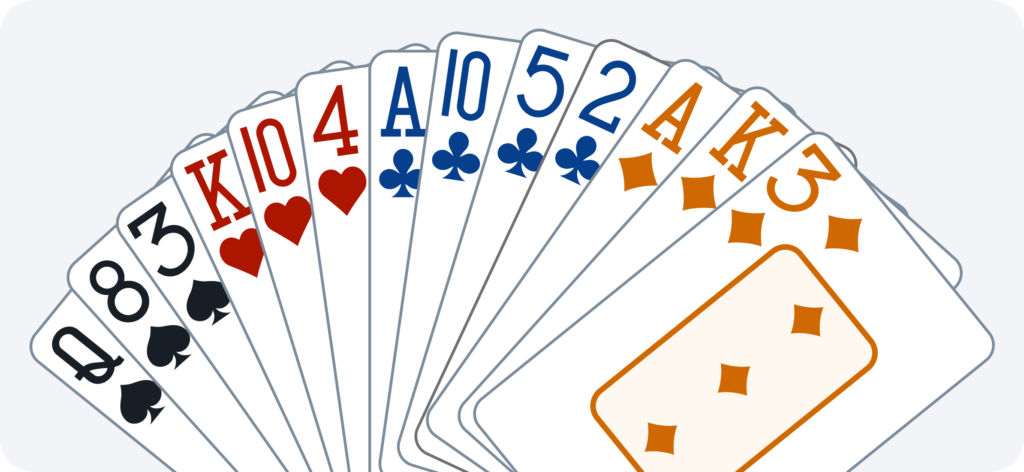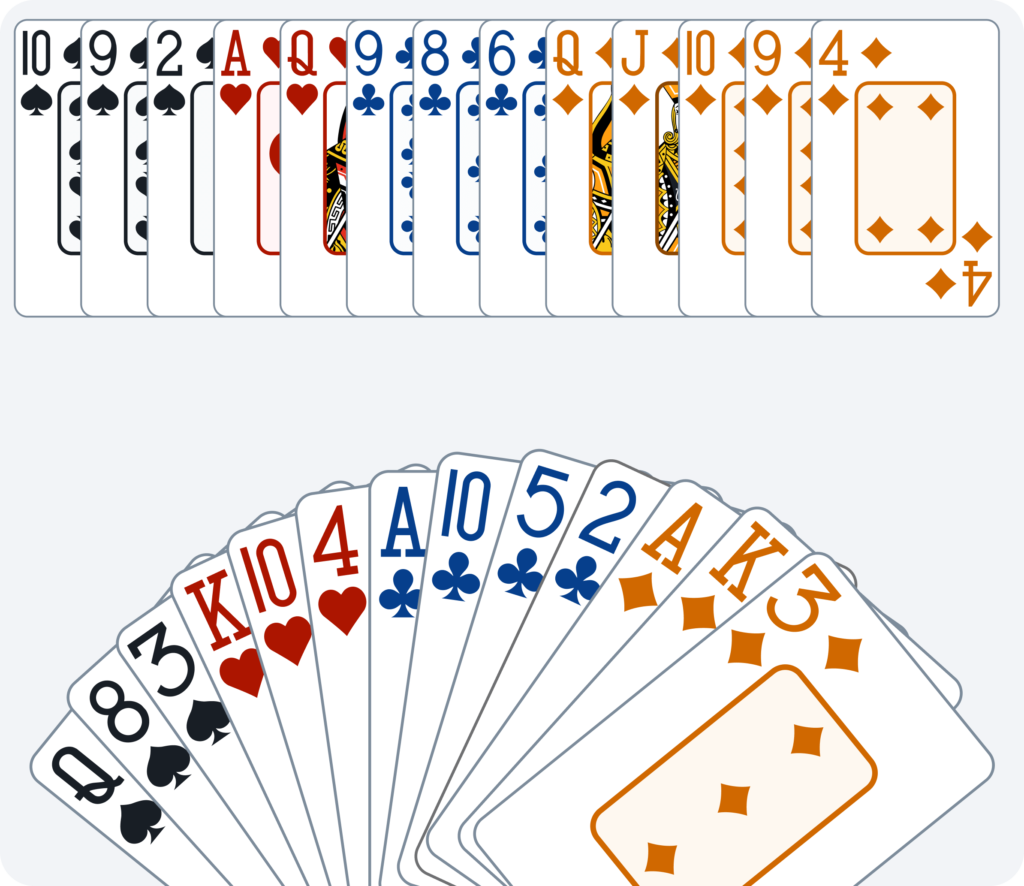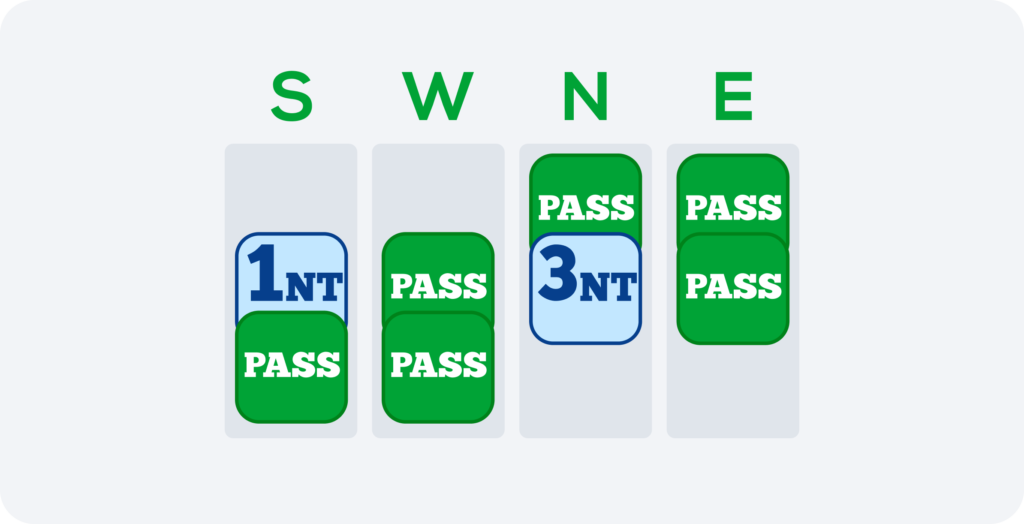
Match Point Thinking

Who said that only great champions can write bridge articles? Funbridge is launching a brand-new format of article. You, talented players, will be our bridge authors and give your opinion about deals of your choice. Read this article written by one of our Funbridge players just below.
Focus on the author
Yoram Aviram is an experienced bridge player and a former member of the Israeli Junior and Open teams with several achievements on the national and international scenes.
Yoram left the game many years ago to focus on family and work (in the field of computerised trading of financial instruments) and switching hobbies from the mind sport of bridge to the physical sport of competitive road cycling.
He is now returning to his old passion and has adopted Funbridge as the platform on which to refresh his old skills.
He is happy to share deals of particular interest with the Funbridge community on the blog.
Matchpoint Thinking
Playing the Matchpoint “Tournament of the day”, in third hand after two passes to me, I hold the following cards:


I naturally open 1NT (15-17), Partner raises to 3NT, West leads the ♥5 and Dummy is revealed.


I can easily see nine top tricks but at matchpoints, that is not enough. Your matchpoint score on a deal is calculated based on how your result ranks against other results on that deal, i.e. how many scores are above and below yours, with no regard to the actual score. So, an extra trick that others failed to make may make all the difference to the score of a deal.
On this deal, I can see two possible sources of extra tricks: Clubs and Spades. Which is the better candidate? Judging by the suits themselves, Clubs seems like the better one. Theoretically, only KQJx or better with West can prevent me from making a second trick. True, with other distributions (and limited communications), I may have to guess how to play the suit; but still, it seems very likely to provide a second trick. In Spades, on the other hand, the best play for a trick is to finesse East for the J: a 50% chance.
But overall on the deal, I believe that the best play is to try for the extra trick in Spades. The reason is that in order to develop a second trick in Clubs, I have to lose two club tricks. But then the opponents will be able to take those two club tricks along with their spade tricks, holding me to nine tricks or even eight, potentially beating the contract. So, Spades it is.
But is it safe to try for a spade trick? Doesn’t it also put the contract at risk? Well, theoretically it does; but only in specific and quite unlikely circumstances. Only if West has five spades with the A or K and J. But with that holding, he would probably have led a spade. Another possibility is West having a spade doubleton with just the Jack. But then, East has AKxxx and will likely play the K or A when I play the suit from the dummy. And even if East does play low with AKxxx, West, upon winning the Jack, has to continue the suit: not at all obvious. Of course, if the first spade loses to the Jack, I intend to just take my nine tricks.
So, I believe that at matchpoints, trying for the extra spade trick is justified. Accordingly, I win the first trick with the Q (better than winning with the A, because winning with the A tells the opponents that I have the K and I want them – East, in this case – to continue in Hearts after winning the first spade). I play a spade from the dummy, East plays the A and, as expected, continues in Hearts. Another spade (the 10) from the dummy. East plays low. Should I reconsider and play the Q? I don’t think so. Presumably East, from his point of view, played the spade A in order to clear the Hearts while West still had some entries. In addition, “restricted choice” applies here; that is, with the A and K, East might equally have played the K. So there is a 2-to-1 chance that the K is with West. Accordingly, I play low. West wins with the K.
Mission accomplished! With no chance for another extra trick, I can claim ten tricks.
Scoring 3NT+1 on this hand is worth 96%! 180 players made ten tricks. Around 2,000 players made nine tricks. The result for making nine tricks was 50.3%.
The important thing to remember is that at matchpoints, extra tricks, whether more overtricks or fewer undertricks, whether in defence or offence, can be very important and can sometimes be considered even if risking the contract.
For similar considerations, in defence, often trying a speculative play as “the only chance” to beat a contract may be unjustified if there is a low probability of success and you are risking some undertricks.
Would you like to write an article too?
Maëlle tells you how to apply:
“We at Funbridge like being close to our players and giving them a voice.
This format of articles by the players themselves allows them to write about games that caught their attention or are of particular interest to them.
If you want to help us create new bridge content, tell us in the Comments section below! We will get back to you soon.”

Content Manager
What did you think of this article by Aviram1?
If you too want to participate, leave us a message in the Comments section below.





A great article from Aviram1. I look forward to read more from him
Nicely explained in simple words to look at what is not obvious. Good article
Wery well explained.
interesting article…… liked the reasoning!
Excellent article. Where I play, duplicate is more casual, and players forget how important overtricks can be.
The simplicity of Aviram’s presentation makes it a more valuable tool. Thank you!
Well written and helpful article. Great work!
I would like to participate in the Match Point thinking please
Very interesting and well explained article. Thank you
Excellent, clear thinking.
Very helpful . Fairly new to bridge but found it very helpful.
I apreciate author’s reasoning when he says, and I quote: “(…) West, upon winning the Jack, has to continue the suit: not at all obvious”.
One point I’d like clarified is the “2-to-1 chance” meaning, language I’m not used to: does that mean a 66% chance?